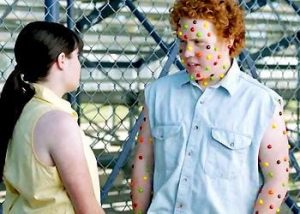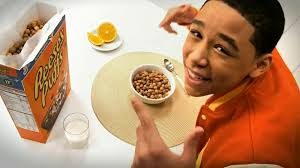I’m attaching my favorite recent advertisement. A few weeks ago, my marketing professor shared this ad from Bud Light which was shown during the Super Bowl. It’s a national running joke that Americans watch the Superbowl only for the commercials, but they are actually pretty effective and entertaining ads (probably due to intense planning and high budgets). This advertisement plays on the line “when life gives you lemons, make lemonade,” while referring to 2020 as “a lemon of a year.” They are using lemons as a metaphor for the coronavirus, and the ad features lemons falling from the sky, knocking people out, destroying cities, shutting down airports, and ruining evens such as sports and weddings, just as the pandemic did. The purpose of the ad is to introduce Bud Light’s new lemonade flavored line of hard seltzers, “packed with lemon flavor after a lemon of a year.” I like this advertisement so much because a lot of commercials from 2020 made reference to the pandemic, but Bud Light did it in a relatable, funny, and entertaining way. The reading stated “Ads attempt to soothe our spiritual hunger problem and help us find a way to connect with those around us” (page 476), so I find it interesting that this ad could connect so many people. It gave the nation something to laugh about all together while watching the most-viewed TV event in the USA, the Superbowl.
I find advertisements extremely interesting, which is why I love marketing so much. There are so so many different strategies that companies can use to promote their brand and manipulate consumers, yet at the same time reflect our values and bring us together. I think that being aware of these manipulation tools can make us better-informed consumers.



